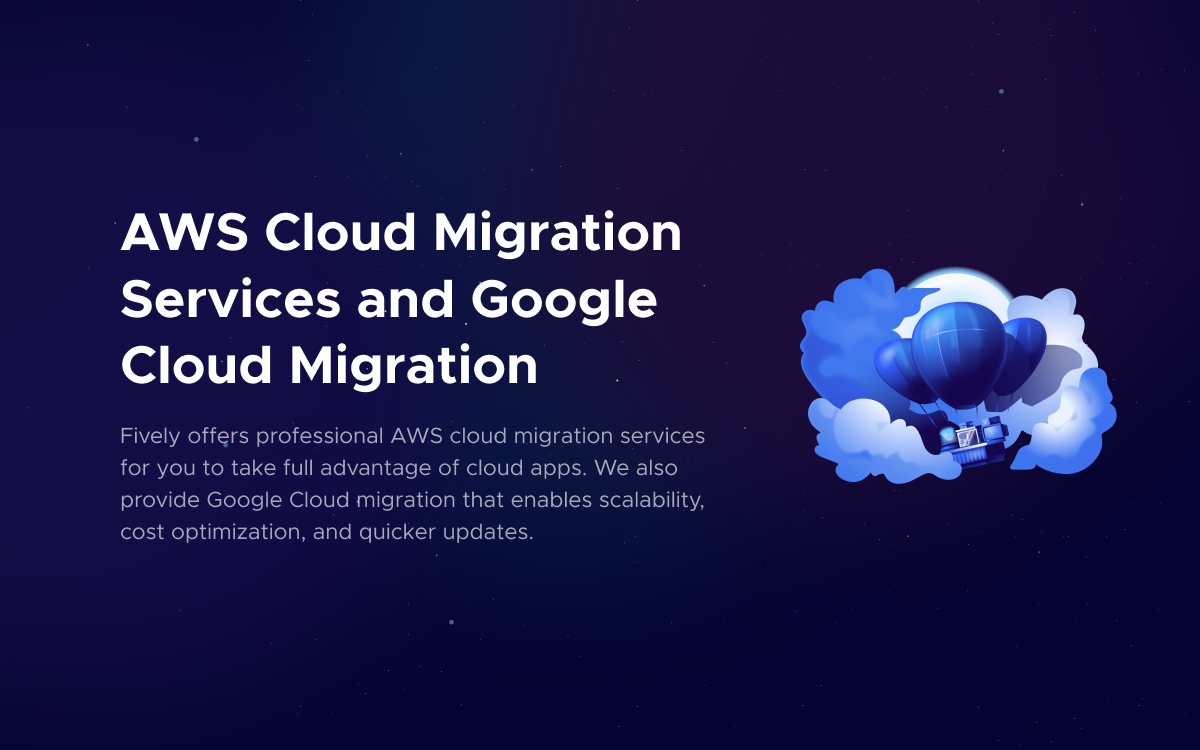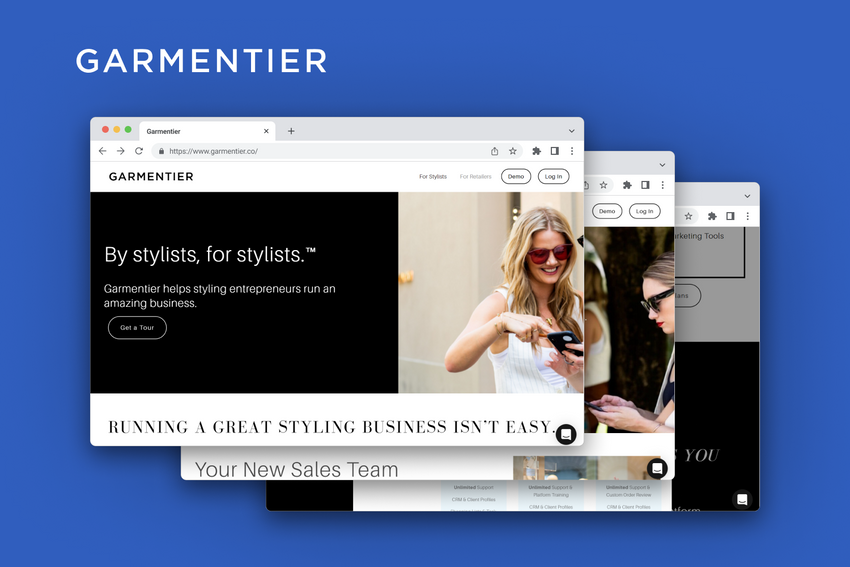Optimizing Costs in DevOps: Migrating a Kubernetes App from Amazon to Digital Ocean
Discover how we successfully migrated our Kubernetes application from Amazon to Digital Ocean, and get significant cost savings without compromising quality or flexibility.
In a strategic move to optimize costs without compromising on quality and flexibility, I recently undertook the task of migrating our Kubernetes eCommerce application from Amazon Web Services (AWS) to Digital Ocean. This bold decision proved to be a game-changer, resulting in significant cost savings while maintaining the integrity and scalability of our system.
How did I make it? Read in my today’s article.
About Our SaaS Platform Otomate
Otomate is our PIM (product information management) SaaS platform for the eCommerce industry that provides a single source of truth for all product data and ensures the efficient management and distribution of product catalogs across online sales channels. While Open Source and Tailored PIM tools have their unique advantages, a Software-as-a-Service PIM often stands out as the most balanced choice for a wide range of businesses.
Why SaaS PIM Often Wins:
- Ease of use and quick deployment: solutions like Otomate are designed for ease of use and rapid implementation. This means you can get your product information management system up and running quickly, without the lengthy development and implementation phases associated with custom solutions;
- Cost-effective and scalable: With a SaaS PIM, you enjoy the benefits of a subscription-based model, which is typically more cost-effective than the significant upfront investment required for tailored systems. Plus, SaaS solutions like Otomate are highly scalable, growing seamlessly with your business;
- Regular updates and professional support: SaaS solutions provide the advantage of regular updates and enhancements without additional costs or efforts from your team. Otomate PIM, for example, offers continuous updates and professional support, ensuring that your system is always at the cutting edge.
- Robust security and reliability: With such a PIM, you benefit from robust security measures and reliable performance. Providers like Otomate invest heavily in security protocols and infrastructure to ensure that your data is protected and your system is always available.
All these features are possible thanks to the sophisticated architecture of Otomate SaaS PIM, which uses the following technologies and tools:
- Kubernetes: a powerful container orchestration platform, ensuring high availability, scalability, and efficient resource utilization;
- BullMQ (Redis-based queue): enhances performance and resilience, and manages asynchronous tasks and job processing;
- MySQL: a widely used relational database management system known for its stability and versatility;
- ElasticSearch: employed for fast and efficient search capabilities, enabling users to quickly retrieve product information and insights.
Why Did We Need a Migration?
At Otomate, we understand the complexities and challenges of managing product information. The named above technologies form the backbone of Otomate's SaaS PIM, providing users with a seamless experience while ensuring the reliability, scalability, security, and efficiency that businesses need to manage their product data effectively and drive their e-commerce success.
However, the old AWS provider, though effective and powerful, was quite expensive and thus slowed down the further development of the Otomate platform and its features. That’s why we started thinking of switching to Digital Ocean.
When comparing AWS vs. Digital Ocean, several factors were carefully evaluated to determine the most suitable platform for hosting the application.
AWS, as one of the leading cloud service providers, offered us a comprehensive suite of services such as AWS EKS, AWS RDS, and others, as well as a wide range of managed services, including databases, storage solutions, and machine learning capabilities, providing us with the flexibility and agility to host our complex platform.
On the other hand, Digital Ocean is known for its simplicity and ease of use, making it an attractive option for startups and small to medium-sized businesses. With its straightforward pricing model and intuitive user interface, Digital Ocean appeals to developers looking for a hassle-free cloud hosting experience. While Digital Ocean may not offer the same breadth of services as AWS, it excels in providing high-performance virtual machines and developer-friendly tools, such as Kubernetes and managed databases.
Thus, the decision to migrate the application from AWS to Digital Ocean was driven by factors such as cost-effectiveness, ease of management, and performance. By leveraging Digital Ocean's streamlined infrastructure and cost-effective pricing, the organization was able to achieve significant cost savings without compromising on performance or reliability.
Additionally, Digital Ocean's robust support for Kubernetes and other modern DevOps tools made it an ideal choice for deploying and managing containerized applications, further enhancing operational efficiency and agility.
How Did the Migration Happen?
Now, let’s take a look at how the migration itself took part from the technical side.
The migration process involved meticulous planning and execution, with careful consideration given to every aspect of the app's architecture.
First and foremost, I embarked on replicating the existing infrastructure on Digital Ocean using Infrastructure as Code (IaC) principles, specifically leveraging tools like Terraform to automate the setup process.
As you know, 2 key IaC principles are idempotency and immutable infrastructure. Here, idempotency means no matter how many times you run your IaC and what your starting state is, you will end up with the same end state.
This involved configuring the necessary resources such as:
- virtual machines,
- networking components,
- and storage solutions, in order to mirror the environment previously hosted on Amazon Web Services (AWS).
Once the infrastructure was provisioned, I proceeded to deploy the Kubernetes application onto the new cloud environment, ensuring seamless compatibility and functionality. To facilitate a smooth transition, the application was pointed to a subdomain for validation purposes, allowing for comprehensive testing and validation of the migrated system.
Additionally, leveraging the capabilities of Digital Ocean's database migration tool, I established database replication between the existing AWS RDS instance and the new Digital Ocean database instance, ensuring data consistency and integrity throughout the migration process. With meticulous verification and testing procedures in place, including thorough checks of all critical functionalities and performance metrics, the team verified that all aspects of the application were functioning as expected in the new environment.
Finally, once the migration was deemed successful and all stakeholders were satisfied with the validation results, I initiated the DNS switchover to point to the new deployment on Digital Ocean, seamlessly transitioning end-users to the updated infrastructure.
The Results and Advantages
So, what did we get as a result of the migration?
One of the key advantages of migrating to Digital Ocean was its cost-effectiveness. By utilizing Digital Ocean's competitive pricing model and tailored infrastructure solutions, we were able to achieve substantial savings on our cloud infrastructure expenses. This move allowed us to reallocate resources to other critical areas of development while maintaining a lean and efficient budget.
Moreover, the migration did not compromise the quality or flexibility of our system. In fact, Digital Ocean's intuitive platform and powerful tools provided enhanced performance and scalability capabilities, enabling us to deliver an even better experience to our users. With features such as automated backups, seamless scaling, and robust security measures, we gained greater control and visibility over our application environment
Overall, the successful migration of our Kubernetes application from Amazon to Digital Ocean stands as a testament to our team's expertise and innovation in optimizing cloud infrastructure. By embracing cost-effective solutions without sacrificing performance, we continue to drive efficiency and value in our operations, ultimately delivering superior results for our clients and stakeholders.

***
Thank you for reading my article on the migration of an eCommerce app Otomate from Amazon to Digital Ocean. How did you find it? Feel free to contact me on Linkedin for any questions or details you’re interested in. Also, stay tuned for articles like this, and remember, if you need professional DevOps services, just write us on the contact form and we’ll be happy to help you with your projects!

Need Help With A Project?
Drop us a line, let’s arrange a discussion















